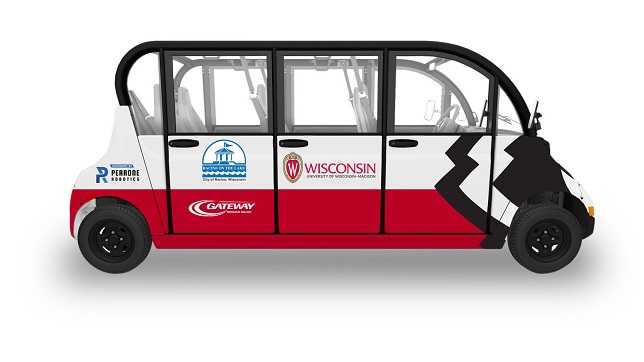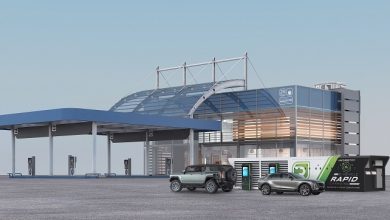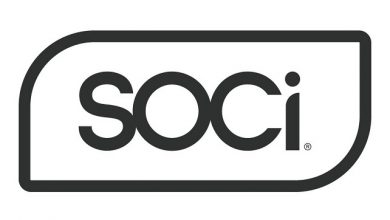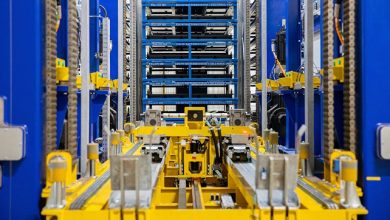University of Wisconsin-Madison and city of Racine awards Perrone Robotics, Inc. new autonomous vehicle shuttle contract

Perrone Robotics, Inc., a leading provider of fully autonomous vehicle (AV) technology and turnkey vehicle solutions for the mobility of people and things, was recently awarded a contract by the University of Wisconsin-Madison to deliver an electric Low-Speed Vehicle (LSV) shuttle integrated with Perrone’s TONY® retrofit kit. The shuttle, nicknamed “The Badger,” is part of an effort to pioneer and integrate autonomous vehicle shuttles into public transportation systems in Racine, Wisconsin. It will be used across student, faculty and guest transit operations. The contract award includes deployment of Perrone’s reliable core TONY® autonomous vehicle driverless system, the licensing of software, integration of a Polaris GEM LSV, and the provision of related services.
UW-Madison’s Traffic Operations and Safety Laboratory (TOPS Lab), a research laboratory within the Department of Civil and Environmental Engineering, will use the highly automated vehicle on public and private roads for research, data collection and public engagement. Through a partnership with the city of Racine, Gateway Technical College and UW-Madison, Perrone’s AV vehicle will be part of a larger initiative focused on bringing mobility options across Wisconsin.
The deployment of the shuttle will be based on a fixed-route service on private and public roads surrounding the technical college campus with plans to expand to a downtown Racine connector route and on-demand service during off-peak hours. Trained Racine Transit operators will man the AV shuttles during service to oversee operations.
“I am delighted to take the next steps in bringing autonomous public transit options to the City of Racine. Through our partnership with UW Madison and Gateway Technical College, the City has been thinking outside the box on how to bring smart transportation options to our residents. Now, with the help of Perrone Robotics, we will begin to test our ideas, not just in the real world, but in an urban environment and on City streets. It’s very exciting,” said City of Racine Mayor Cory Mason
“Leveraging the capabilities of Perrone’s AV systems, we’re excited to partner with the city of Racine and Gateway Technical College not only on a research initiative that will help advance the safety and efficacy of autonomous vehicles, but also on opportunities to educate students and the public on the benefits of these technologies in a smart, interconnected urban environment,” says David Noyce, TOPS Lab director, College of Engineering executive associate dean, and the Arthur F. Hawnn Professor in civil and environmental engineering at UW-Madison. “In the spirit of the Wisconsin Idea, this collaboration allows us to work together and share our knowledge in a ‘living laboratory’ as we usher in a new era of connected and automated vehicles.”
“Demonstrating the way automated transportation solutions can be harnessed efficiently alongside existing public transportation systems is an important step toward building smarter and safer cities,” said Perrone Robotics CEO, Paul Perrone. “This partnership provides a great opportunity to showcase the capability of Perrone Robotics’ autonomous retrofit platform TONY, and its robotics software platform MAX, while improving access to transportation for the City of Racine and providing educational opportunities for students connected to this program. We are excited to announce this contract after the success we have received at AUVSI’s Xponential 2021.”
Researchers from the TOPS Lab will work alongside professionals in Racine’s public, private, and nonprofit sectors to develop and refine the technical elements of the AV shuttle deployment. The TOPS Lab researchers will monitor and evaluate the safety and operation of the AV shuttle. Gateway Technical College will house the shuttle and incorporate it into education and training opportunities to prepare the workforce for future employment opportunities and to expand research, data collection, and public engagement.





